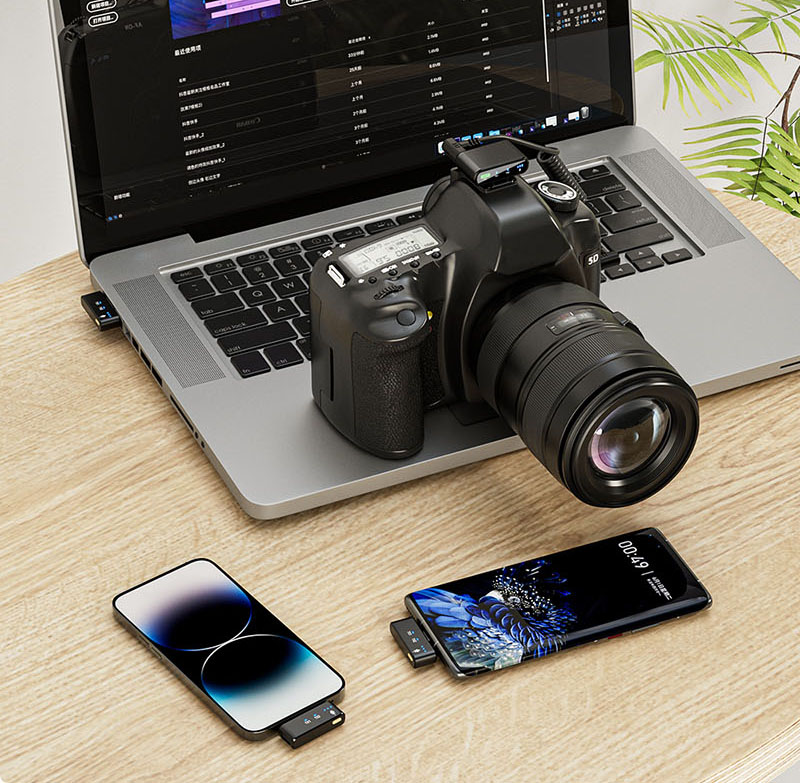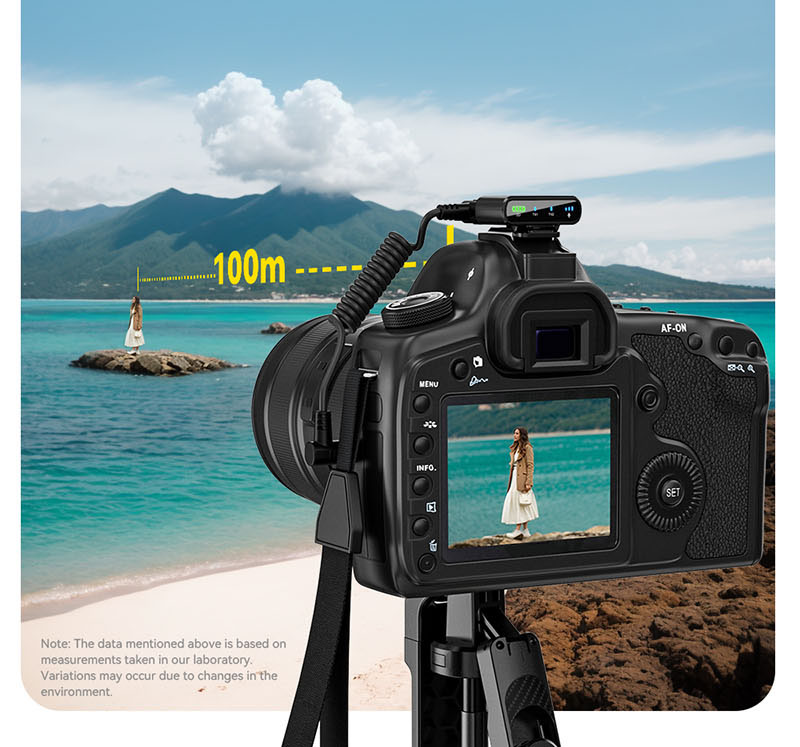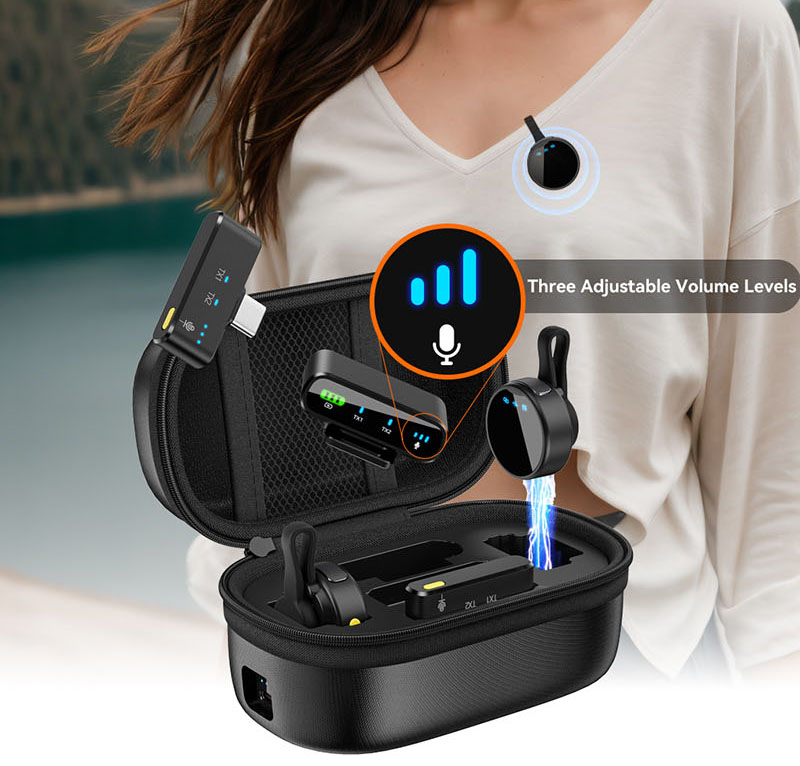How To Connect Wireless Microphone
How To Connect Wireless Microphone
How To Connect Wireless Microphone

Connecting a wireless microphone involves several steps to ensure proper setup and functionality. Here’s a general guide to help you connect a wireless microphone system:
1. Unpack and Inspect
- Components: Ensure you have all the components, including the microphone, receiver, cables, and power adapters.
- Manual: Refer to the user manual for specific instructions related to your model.
2. Set Up the Receiver
- Positioning: Place the receiver in a location where it can maintain a clear line of sight to the microphone. Avoid placing it near metal objects or other electronic devices that could cause interference.
- Power: Connect the receiver to a power source using the provided power adapter.
- Output: Connect the receiver’s output to your sound system (e.g., mixer, amplifier, or PA system) using the appropriate cables (XLR, 1/4-inch jack, or RCA).
3. Set Up the Microphone
- Batteries: Insert the required batteries into the microphone. Ensure they are fully charged or new to avoid power issues during use.
- Power On: Turn on the microphone. Some models may have a power switch, while others may power on automatically when the battery is inserted.
4. Pairing the Microphone and Receiver
- Frequency Matching: Ensure the microphone and receiver are set to the same frequency. This can usually be done via a frequency selector on both devices. Some systems may have an automatic pairing feature.
- Sync Button: If your system has a sync button, press it on both the microphone and receiver to pair them.
5. Test the System
- Sound Check: Speak into the microphone and check if the sound is being picked up by the receiver and transmitted to your sound system.
- Volume Levels: Adjust the volume levels on the receiver and your sound system to ensure clear and distortion-free audio.
6. Troubleshooting
- Interference: If you experience interference, try changing the frequency on both the microphone and receiver.
- Range: Ensure you are within the operating range of the wireless system. Obstacles and walls can reduce the effective range.
- Battery Life: If the microphone cuts out, check the battery level and replace if necessary.
7. Secure the Setup
- Cable Management: Secure all cables to prevent tripping hazards and ensure a clean setup.
- Microphone Placement: Use a microphone stand or clip to position the microphone appropriately for the user.
Additional Tips
- Frequency Coordination: If using multiple wireless microphones, ensure each is set to a different frequency to avoid interference.
- Antenna Positioning: Some receivers have adjustable antennas. Position them for optimal signal reception, typically at a 90-degree angle to each other.
- Regular Maintenance: Regularly check and replace batteries, and keep the equipment clean and dust-free.
By following these steps, you should be able to successfully connect and use your wireless microphone system. Always refer to the specific instructions provided by the manufacturer for your particular model.




